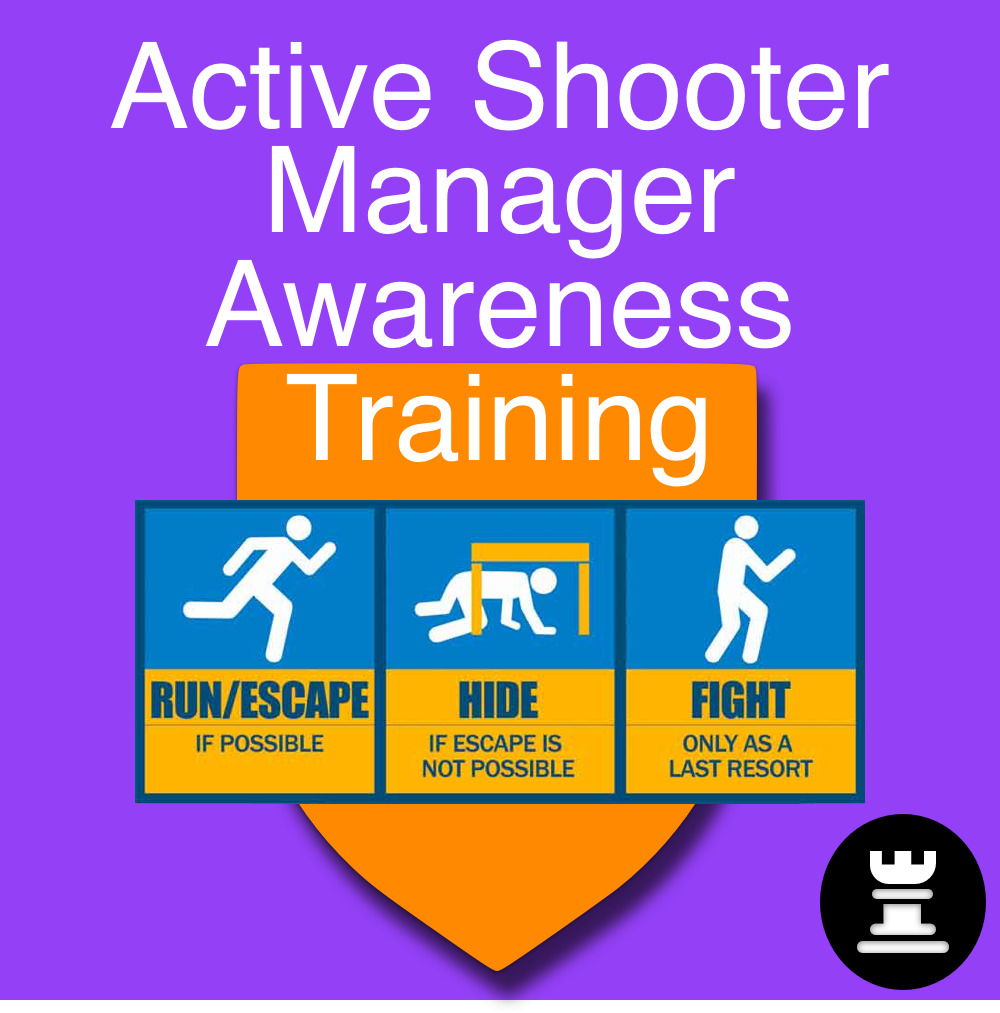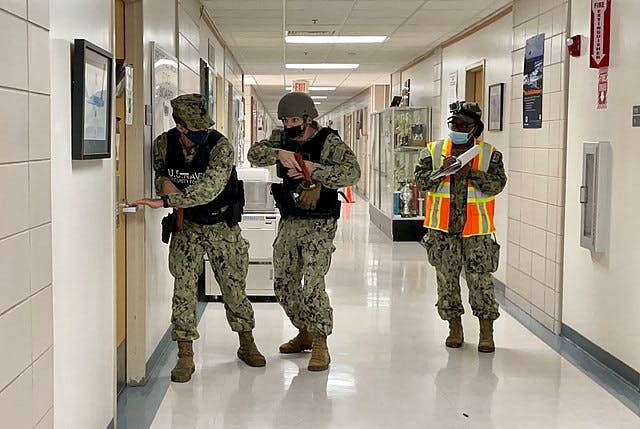The Relevance of Active Shooter Training in High-Risk Environments
The Relevance of Active Shooter Training in High-Risk Environments
Blog Article
The Crucial Role of Active Shooter Training in Enhancing Emergency Response Strategies in Numerous Atmospheres
Active shooter training has arised as a fundamental element in refining emergency situation response approaches across diverse setups, from educational organizations to business settings. The effectiveness of such training hinges on numerous factors, including the details context in which it is applied and the ongoing commitment to enhancement.
Value of Energetic Shooter Training
In a period marked by increasing issues over public security, the relevance of energetic shooter training can not be overemphasized. As incidents of gun violence in public areas remain to increase, companies across different sectorsâEUR" universities, offices, and public venuesâEUR" are identifying the need of preparing their employees and areas for such emergency situations. Energetic shooter training outfits people with critical skills and knowledge to respond efficiently in lethal circumstances, potentially lessening casualties and saving lives.
The training not only concentrates on immediate response actions, such as discharge and shielding in position, however likewise fosters a culture of recognition and readiness. By taking part in reasonable simulations and discussions, individuals can recognize possible susceptabilities within their environment and develop techniques for mitigating dangers. Moreover, such training enhances interaction and control among group members and initial -responders, guaranteeing a more unified strategy during crises.

Key Elements of Effective Training
Effective energetic shooter training makes up several key elements that boost preparedness and action capacities. Primarily, realistic scenario-based simulations are vital. These workouts immerse participants in high-stress scenarios that resemble potential active shooter occasions, permitting them to practice decision-making and physical reactions under stress.
Additionally, training should consist of a complete understanding of interaction protocols. Participants must be well-versed in how to pass on crucial info to law enforcement and fellow individuals during a case. This includes using emergency situation alerts and understanding the chain of command.
One more crucial component is the incorporation of mental wellness awareness. Training ought to resolve the psychological impact of active shooter circumstances, outfitting participants with coping approaches and resources to support their mental health post-incident.
Additionally, regular correspondence course are essential to ensure that abilities remain sharp and knowledge is updated. This constant education reinforces the significance of readiness and fosters a culture of security within companies.
Training for Different Environments
Energetic shooter training must be tailored to the certain settings in which individuals operate, as each setting presents unique challenges and dynamics. Training in a business office will differ significantly from that in a college, shopping mall, or medical care facility. Each setting necessitates a tailored method that considers aspects such as layout, populace density, and readily available escape courses.
In academic institutions, training programs must emphasize lockdown treatments, communication methods with legislation enforcement, and strategies for protecting trainees. On the other hand, in corporate setups, training may concentrate on evacuation methods, acknowledging questionable behaviors, and making use of offered sources for protection navigate to these guys or shelter-in-place situations.
Furthermore, public places like shopping centers or showing off events require considerable group management approaches, with an emphasis on quick feedback sychronisation among security workers and neighborhood police.
In healthcare atmospheres, training must attend to particular susceptabilities, such as the presence of individuals that may need instant aid. By comprehending the distinctive characteristics of each environment, companies can create effective training modules that enhance preparedness and enhance general security, making sure that individuals are furnished to react properly in diverse situation scenarios.

Building a Culture of Recognition
Developing a society of understanding is fundamental to enhancing safety measures in any kind of atmosphere, as it empowers people to acknowledge potential threats and react proactively. This society requires continual education and learning, open communication, and the assimilation of safety and security procedures into day-to-day regimens.
Organizations should focus on active shooter training as part of their overarching safety and security method, making sure that all employees comprehend the particular risks linked with their environment. Routine training sessions grow caution and familiarity with emergency situation procedures, urging people to remain sharp to unusual actions or scenarios.
Furthermore, fostering a society of recognition includes creating an atmosphere where reporting questionable activity is both encouraged and normalized. active shooter training. Workers have to really feel comfy sharing their issues without anxiety of vengeance. This can be attained through clear useful site channels of communication and encouraging management
Additionally, engaging in community collaborations can increase awareness past business borders, advertising a common responsibility for safety. Efforts such as workshops, drills, and informative sessions can additionally boost cumulative alertness. Inevitably, constructing a society of recognition not just prepares people for possible situations yet additionally strengthens the overall resilience of the organization against dangers.
Reviewing Educating Performance
While regular training sessions are essential for preparedness, assessing their performance is similarly crucial to make certain that employees are furnished with the needed skills and knowledge to respond suitably in case of an active shooter situation. Examination procedures need to include both qualitative and quantitative evaluations to determine the effect of training on action abilities.
Surveys and comments from individuals can offer useful understandings right into the training's importance and applicability. In addition, carrying out useful drills and simulations allows organizations to observe real-time decision-making and team effort under stress. Examining the results of these exercises helps determine staminas and areas for renovation.

Entailing stakeholders, including police and emergency -responders, in the evaluation process can boost credibility and supply an extensive viewpoint on training efficacy (active shooter training). Inevitably, a systematic examination approach makes sure that energetic shooter training remains an important element of a company's emergency feedback technique, promoting a more secure environment for all
Conclusion
Active shooter training is important in fortifying emergency situation action techniques throughout diverse environments. Inevitably, the application and evaluation of reliable training programs contribute significantly to alleviating the impact of energetic shooter circumstances, consequently protecting lives and boosting area durability.
Report this page